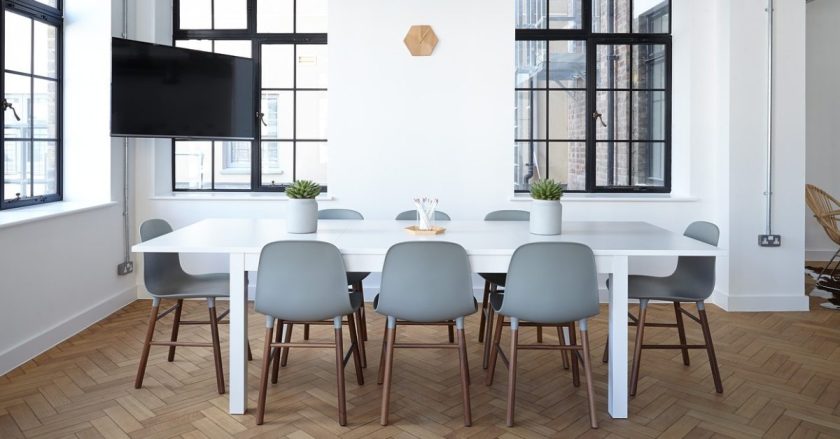Shopping for office furniture can be daunting, considering the wide variety of options available in the market. The right furniture not only enhances the aesthetics of your office but also contributes to the productivity and well-being of your employees.
This step-by-step buying guide will walk you through shopping for office furniture, helping you make informed decisions and find the perfect table to meet your needs.
Assess Your Needs:
Before you start shopping, take the time to assess your office furniture needs. Consider the following factors:
- Functionality: Determine the specific functions your furniture needs to fulfill. This may include desks, chairs, storage units, conference tables, and ergonomic accessories.
- Space and Layout: Measure your office space and consider the layout. Determine how much furniture you can accommodate without overcrowding the area.
- Employee Requirements: Take into account the specific needs of your employees, such as ergonomic features, storage capacity, and collaborative spaces.
Set a Budget:
Establishing a budget is crucial to ensure you stay within your financial limits. Consider the following when setting your budget:
- Quality vs. Cost: Balance your desire for quality furniture with your budget constraints. Opt for durable and long-lasting furniture that provides value for your investment.
- Prioritize Essential Items: Identify the essential furniture items you need immediately and allocate a larger portion of your budget to them. Non-essential items can be purchased later as your budget allows.
Research and Explore Options:
Once you clearly understand your needs and budget, it’s time to research and explore your options. Consider the following steps:
- Online Research: Browse through online catalogs, websites, and reviews to understand the available options, pricing, and customer feedback.
- Visit Showrooms: Visit local furniture showrooms to see and test the furniture in person. This will give you a better understanding of the pieces’ quality, comfort, and aesthetics.
Consider Ergonomics and Comfort:
Prioritize ergonomics and employee comfort when selecting office furniture. Look for the following features:
- Adjustable Chairs: Choose chairs with adjustable seat height, lumbar support, and armrests to promote proper posture and reduce the risk of discomfort or injury.
- Adjustable Desks: Consider height-adjustable desks that allow employees to switch between sitting and standing positions for improved health and productivity.
- Comfortable Seating: Opt for chairs with cushioned seats and breathable materials to ensure optimal comfort throughout the workday.
Evaluate Quality and Durability:
Investing in high-quality, durable furniture is essential for long-term use and cost-effectiveness. Consider the following factors:
- Material: Look for furniture made from sturdy materials such as solid wood, metal, or high-quality laminates. These materials are more durable and less likely to wear and tear.
- Construction: Assess the structure of the furniture, including joints, connections, and reinforcements. Strong construction ensures longevity and stability.
- Warranty: Check for warranty information provided by the manufacturer. A solid guarantee demonstrates the manufacturer’s confidence in their product’s quality.
Consider Aesthetics and Branding:
Office furniture contributes to the overall aesthetics and branding of your business. Consider the following:
- Branding: Choose furniture that aligns with your brand image and reflects your company’s values and style.
- Color and Design: Select furniture that complements your office décor and creates a cohesive and visually appealing environment.
Check Delivery and Installation Options:
Before finalizing your purchase, inquire about delivery and installation options. Consider the following:
- Delivery Services: Check if the furniture supplier offers delivery services and if there are any associated costs.
- Assembly and Installation: Determine if the furniture will require professional assembly or if your team can easily install it.
Read Reviews and Compare Prices:
Before making a final decision, read customer reviews and compare prices from different suppliers. Consider the following:
- Customer Reviews: Look for feedback from other customers to gain insights into the furniture supplier’s quality, durability, and customer service.
- Price Comparison: Compare prices from different suppliers to ensure you get the best value for your investment.
Conclusion:
Shopping for office furniture Melbourne requires careful consideration of your needs, budget, ergonomics, and quality, aesthetics, and installation options. By following this step-by-step buying guide, you can make informed decisions and find the perfect furniture that enhances your office space’s functionality, comfort, and visual appeal. Remember to prioritize quality, employee well-being, and long-term durability to ensure your office furniture investments provide value for years.





